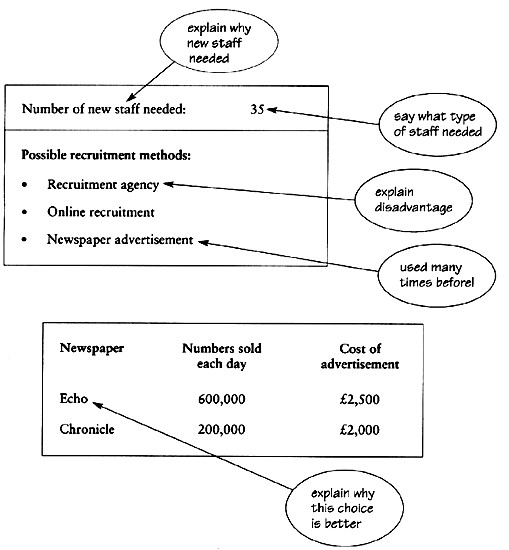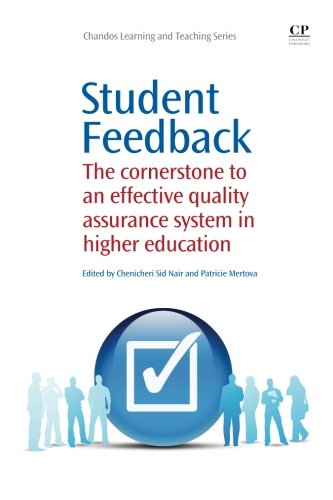Understanding Stafford Loan Requirements: A Comprehensive Guide for Students
#### Stafford Loan RequirementsThe Stafford Loan is a popular financial aid option for students pursuing higher education in the United States. To make the……
#### Stafford Loan Requirements
The Stafford Loan is a popular financial aid option for students pursuing higher education in the United States. To make the most of this opportunity, it's essential to understand the Stafford Loan requirements. This guide will explore the key eligibility criteria and provide insights into the application process, ensuring you are well-prepared to secure funding for your education.
#### Eligibility Criteria
To qualify for a Stafford Loan, students must meet several eligibility requirements. Firstly, you must be a U.S. citizen or an eligible non-citizen. This includes permanent residents and individuals with certain visas. Additionally, you must be enrolled at least half-time in an accredited institution. This means you should be taking a minimum number of credit hours per semester, which varies by school but is typically around six credits.
Another critical requirement is the completion of the Free Application for Federal Student Aid (FAFSA). The FAFSA is a crucial step in determining your financial need and eligibility for federal student aid, including Stafford Loans. It’s important to fill out the FAFSA accurately and submit it on time to maximize your financial aid opportunities.

#### Types of Stafford Loans
There are two main types of Stafford Loans: subsidized and unsubsidized. Understanding the differences between these two can help you determine which option best suits your financial situation.
1. **Subsidized Stafford Loans**: These loans are available to undergraduate students who demonstrate financial need. The key benefit of subsidized loans is that the federal government pays the interest while you are in school, during the grace period, and during any deferment periods. This can significantly reduce the total cost of the loan.
2. **Unsubsidized Stafford Loans**: These loans are available to both undergraduate and graduate students, regardless of financial need. With unsubsidized loans, interest accrues while you are in school, meaning you will owe more when you start repayment. It is crucial to understand how interest works with these loans to avoid accumulating excessive debt.

#### Application Process
Once you understand the Stafford Loan requirements, the next step is to apply. Start by completing the FAFSA, which will determine your eligibility for federal student aid. After submitting the FAFSA, your school will send you a financial aid offer, which may include Stafford Loans.
If you decide to accept the Stafford Loan, you will need to complete entrance counseling, a mandatory process that ensures you understand your responsibilities as a borrower. Additionally, you will need to sign a Master Promissory Note (MPN), which is a legal document in which you agree to repay the loan.
#### Repayment Options

Understanding the repayment options for Stafford Loans is also crucial. The repayment period typically begins six months after you graduate, leave school, or drop below half-time enrollment. You will have various repayment plans to choose from, including the Standard Repayment Plan, Graduated Repayment Plan, and Income-Driven Repayment Plans. Each plan has its own terms and conditions, so it’s important to review them carefully to find the best fit for your financial situation.
#### Conclusion
Navigating the Stafford Loan requirements can seem daunting, but with the right information and preparation, you can secure the funding you need for your education. By understanding the eligibility criteria, types of loans, application process, and repayment options, you can make informed decisions that will benefit your financial future. Be proactive, stay organized, and don’t hesitate to seek assistance from your school’s financial aid office if you have any questions or need guidance throughout the process.